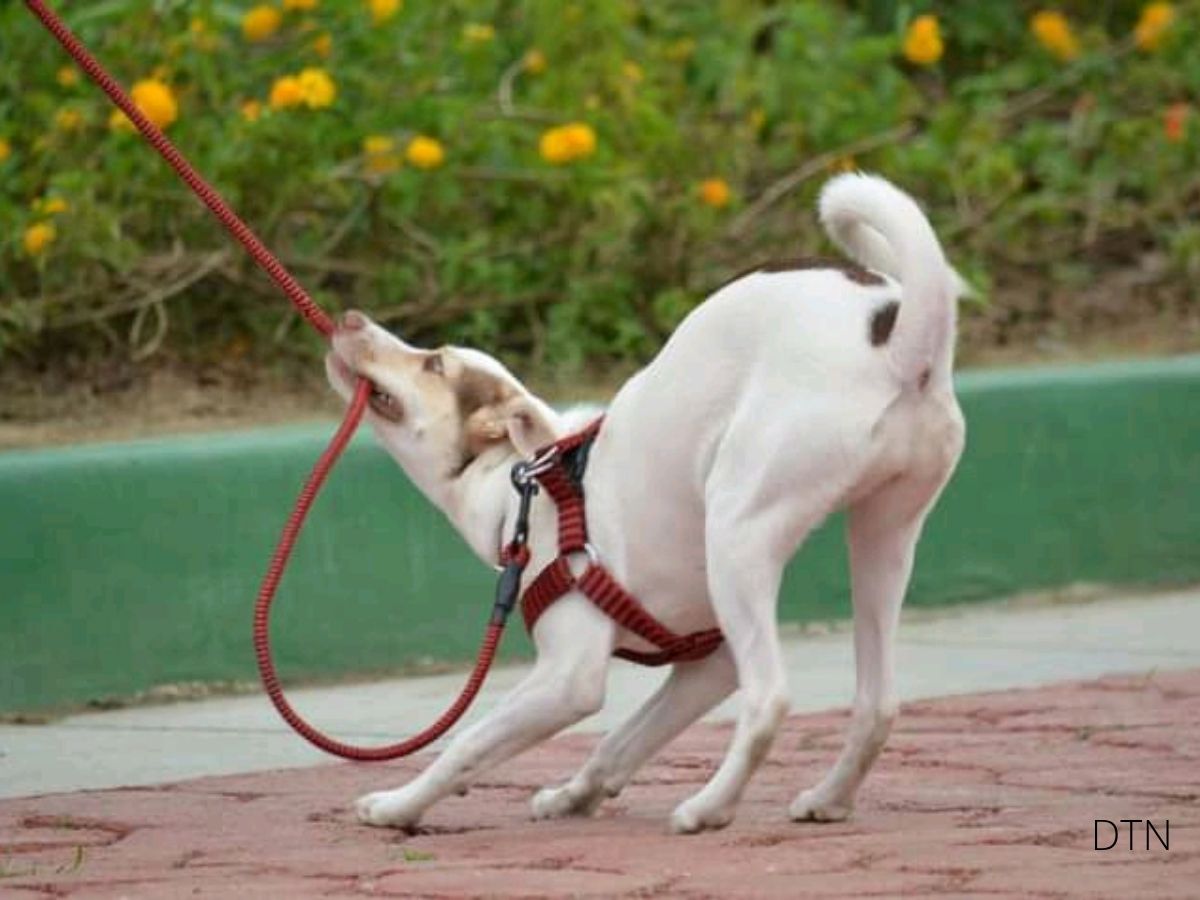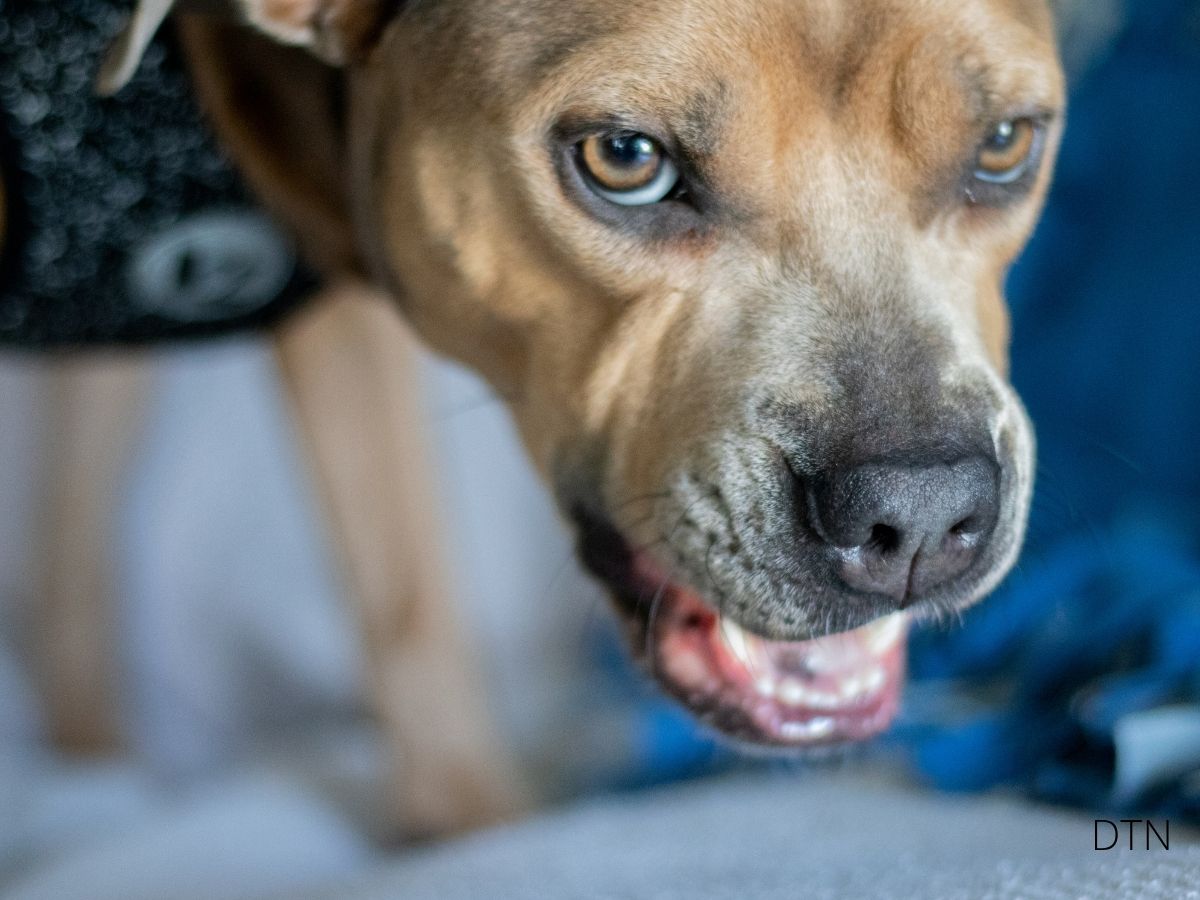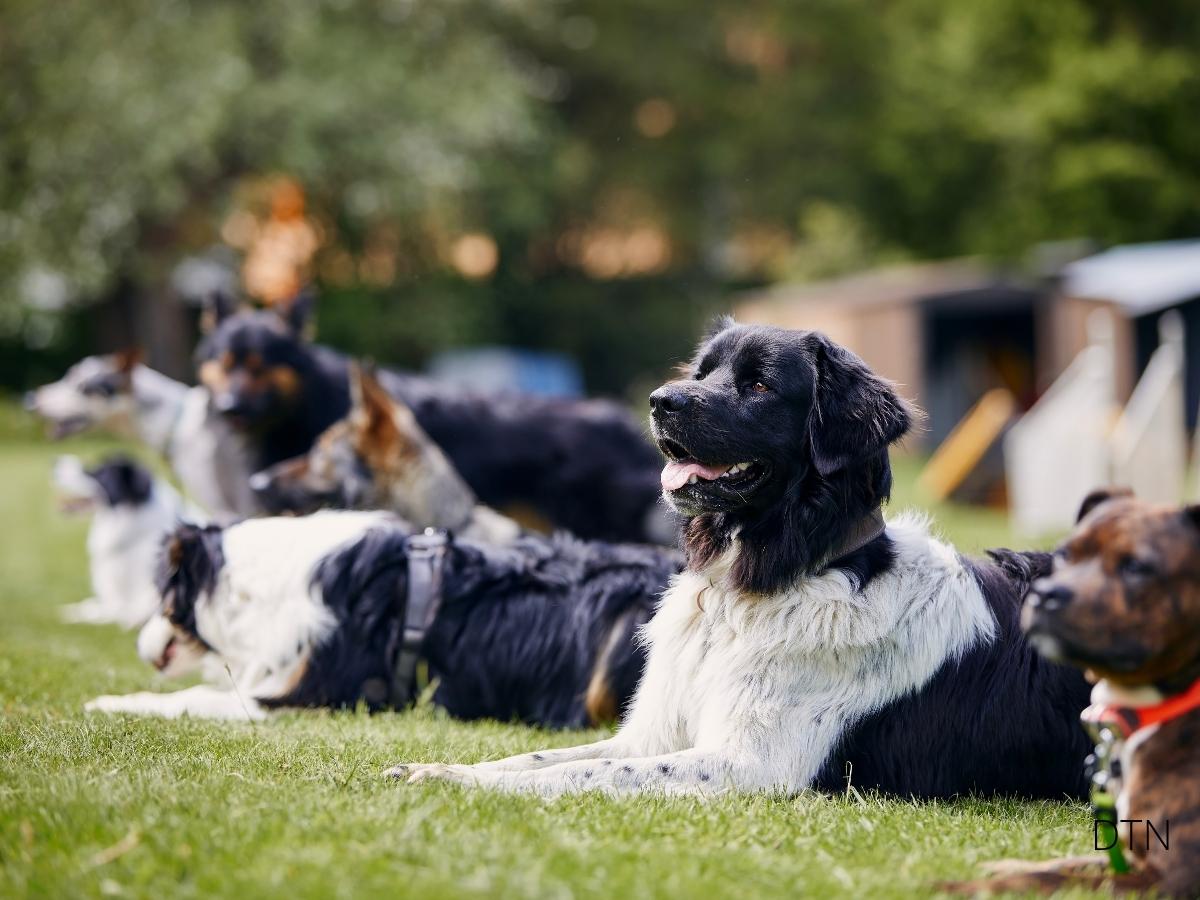Introduction: The Hidden Truth About “Stubborn” Dogs
That moment when you call your dog and they look away, or when you ask for a simple “sit” and they stand frozen—it’s enough to make any dog parent frustrated. But here’s what might change everything: what we label as “stubbornness” is rarely about defiance. Instead, it’s a complex language of emotions, stress, and unmet needs that we’re only just beginning to understand.
Your “stubborn” dog might actually be one of the most sensitive communicators you’ve ever met—they’ve just been speaking a language you haven’t fully learned yet. Let us guide you through this revolutionary understanding that will transform not just how you train, but how you connect with your four-legged friend. 🐾
The Real Story Behind “Stubborn” Behavior
Understanding Your Dog’s Emotional World
When we dig deeper into apparent stubbornness, we discover sophisticated emotional responses rather than deliberate defiance. Your dog’s brain literally changes how it processes information when stressed. When cortisol floods their system—triggered by something as simple as a loud truck or unfamiliar dog—the amygdala (their alarm system) overrides the prefrontal cortex where learning happens.
Key factors influencing your dog’s responses:
- Stress threshold: How quickly they react to environmental changes
- Recovery speed: Time needed to bounce back from overwhelming situations
- Frustration tolerance: How well they handle delayed rewards
- Social confidence: Comfort level around other dogs and people
- Sensory sensitivity: Reactivity to sounds, sights, and smells
Three emotional states frequently masquerade as stubbornness. Anxiety makes dogs emotionally unavailable for learning—watch for lip licking, yawning when not tired, or lowered body posture. Over-arousal creates a brain too revved up to think—bouncing, whining, or spinning instead of focusing. Confusion from mixed signals might be the most common—when your body language says “stay away” but your words say “come,” your dog receives contradictory messages.
Decoding Your Dog’s True Messages
What Every Behavior Is Really Saying
Every “stubborn” moment is actually communication. Understanding this transforms frustration into curiosity.
Common displacement behaviors and their meanings:
- Sudden scratching: “I’m conflicted about what you’re asking”
- Intense ground sniffing: “I need a moment to process this”
- Excessive yawning: “This is stressful and I’m trying to calm myself”
- “Shake off” without being wet: “I’m releasing tension”
- Looking away: “I need to decompress from this pressure”
Even non-response is valuable communication. When your dog “ignores” a known command, they’re not giving you the silent treatment—they’re telling you something in the environment is too distracting, they’re not feeling well, or past associations with that command created negative emotions.
Building Clear Communication
Creating effective dialogue requires becoming bilingual in human and canine expression. Consistency in signals means matching verbal cues with identical body language every time. If “sit” sometimes comes with pointing, sometimes with a hand raise, and sometimes with nothing, you’re speaking three different languages.
Emotional congruence matters more than most realize. Dogs read our internal states constantly. When we’re frustrated but trying to sound happy, they respond to our true emotions rather than our words, appearing stubborn when they’re actually responding accurately to what we’re really communicating.
Dogs know how to fix you without words.
– Unknown

From Obedience to Partnership
The Relationship Revolution
Modern understanding reveals that when we shift focus from obedience to connection, “stubborn” behaviors often dissolve naturally. Before asking anything of our dogs, we must ensure they feel emotionally safe. This might mean spending five minutes just being present together or doing calming activities.
Critical signs to watch for before training:
- Engagement indicators: Soft eyes, relaxed forward posture, gentle tail wag
- Shutdown warnings: Glazed eyes, frozen body, excessive lip licking, pinned ears
- Optimal learning zone: Alert but calm, responsive to name, choosing to check in
By regulating our own nervous system—breathing deeply, relaxing shoulders, using warm tones—we help our dogs regulate theirs through mirror neurons that respond to our calm state.
Practical Solutions for Common Challenges
The “Selective Hearing” Recall: Instead of repeatedly calling, get down to their level and move away from them. Running away triggers chase instinct, making coming to you a game rather than a command.
The “Won’t Lie Down” Resistance: They might be communicating the surface is uncomfortable or they feel vulnerable. Try asking on a mat first, in secure areas, ensuring they’re calm before requesting.
The Patience Protocol: Build frustration tolerance with micro-waits. Ask your dog to pause one second before eating, gradually building duration. This teaches emotional regulation, not just waiting.
Hidden Factors Affecting Behavior
When “Stubborn” Signals Something More
Before addressing any behavior through training, consider medical causes.
The hidden pain checklist:
- Reluctance to perform previously easy behaviors
- Changes in movement patterns or gait
- Flinching or moving away from touch
- Sleep disruptions or restlessness
- Appetite or elimination changes
Sensory changes particularly affect senior dogs. Declining hearing makes previously responsive dogs seem stubborn about recall. Vision loss explains reluctance to navigate familiar spaces. These aren’t training issues—they’re accessibility needs.
Environmental Influences
Your dog’s environment profoundly impacts cooperation. Dogs hear ultrasonic frequencies from electronics you can’t detect. Fluorescent lighting creates visual stress. Strong cleaning scents trigger anxiety manifesting as training resistance.
Safe spaces provide essential emotional regulation. Dogs who seem stubborn might actually never get true downtime. A quiet retreat where they’re never asked to perform helps them better engage when participating.
Multi-dog dynamics create unique challenges. Dogs might refuse behaviors when another dog is present due to resource concerns or social anxiety. Training separately before combining often reveals that “stubborn” dogs are actually stressed about peer pressure.
The Breakthrough Approach
Building Success Systematically
The Trust Account Method: Think of your relationship as a bank account. Positive interactions are deposits; stressful ones are withdrawals. Every forced compliance withdraws; every respected choice deposits. Aim for 5:1 deposits to withdrawals.
The Emotional Thermostat: Learn to read and adjust your dog’s emotional temperature. Too cold (shutdown) needs gentle warming through play. Too hot (over-aroused) needs cooling through calm exercises. The “just right” zone is where learning happens.
Your 7-day observation plan:
- Note time of day when “stubborn” behaviors occur
- Track environmental factors present
- Monitor your emotional state during interactions
- Observe your dog’s energy level
- Identify specific triggers
- Record recovery time needed
Conclusion: Your New Understanding
Your “stubborn” dog isn’t defiant or deliberately frustrating—they’re communicating in the only way they know how. This shift in perspective transforms everything about your relationship.
Success doesn’t mean perfect obedience but genuine partnership. Your dog might still have moments of non-compliance, but now you’ll understand why and address root causes rather than surface behaviors. You’ll know you’re succeeding when training becomes conversation rather than lecture, when your dog offers behaviors enthusiastically, and when those “stubborn” moments become opportunities for deeper understanding.
Start by observing your dog with fresh eyes this week. Choose one “stubborn” behavior to reframe. Apply what you’ve learned about emotional states and communication. Approach with curiosity rather than frustration. What is your dog trying to tell you?
What awaits is magical: training becomes a dance of mutual understanding rather than battle of wills. Your dog, finally understood, becomes more eager to cooperate and trusting in guidance. They learn you’re not just someone who gives commands but a partner who listens and responds to their needs.
Welcome to a new understanding. There never was a stubborn dog—just a misunderstood friend trying their best to navigate a human world with patience and endless attempts to communicate their truth. Listen closely, respond with compassion, and watch the transformation unfold. 🧡






